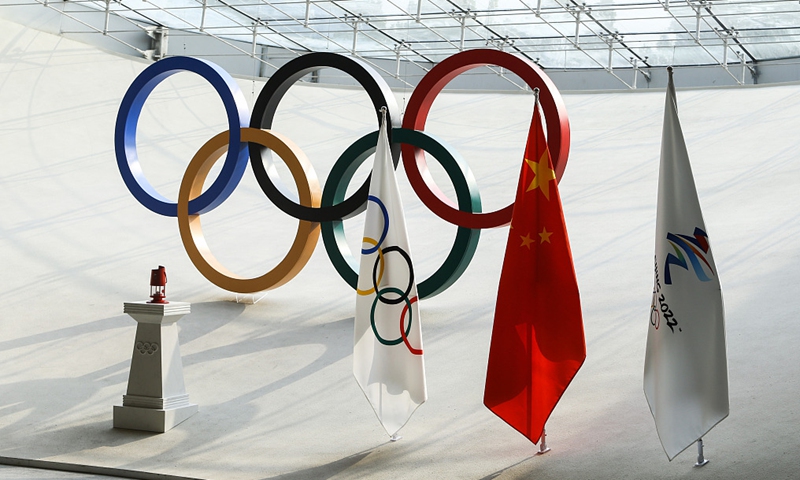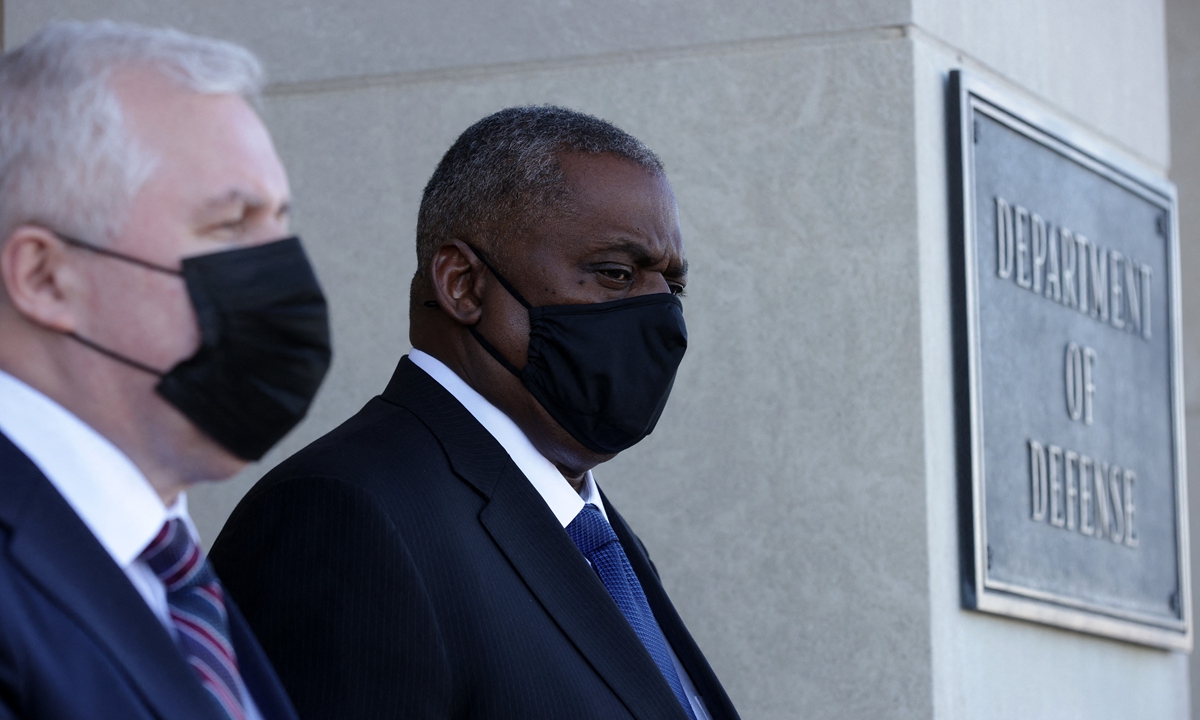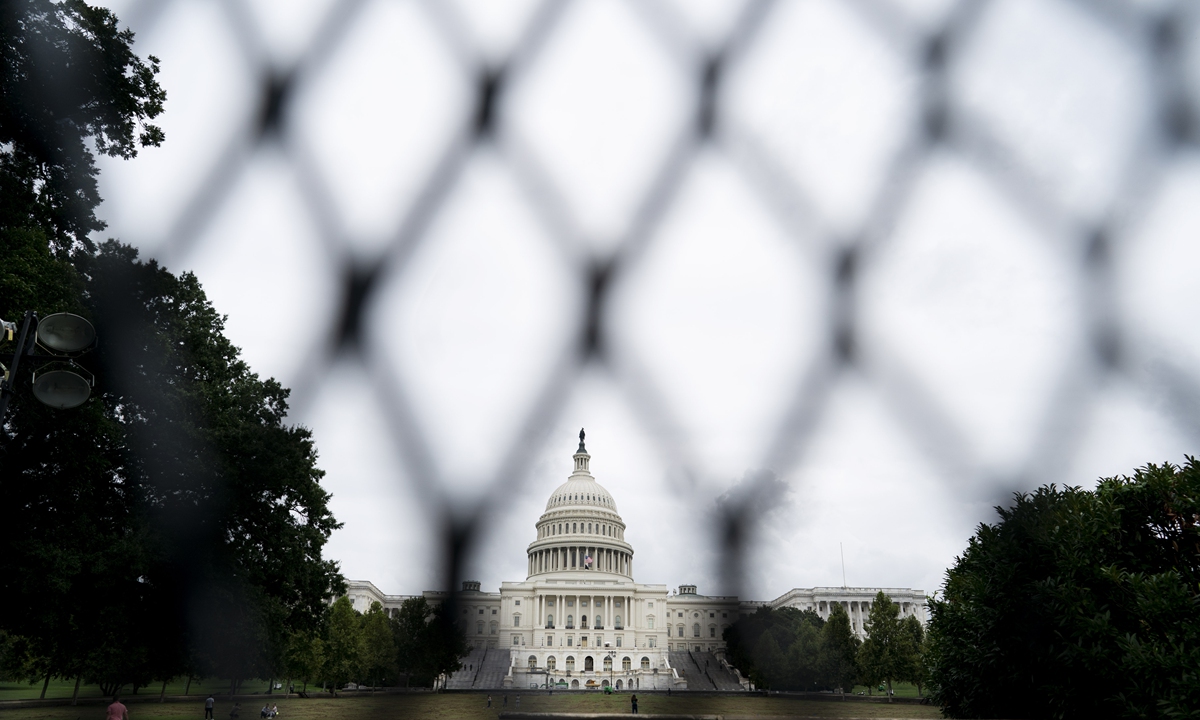The Meteorological Department has been providing information and warnings since Dec 11 about the continuous rainfall that caused the massive floods and landslides around the country.
This comes amid claims over social media that the department had failed to monitor and update the information
MetMalaysia director-general Muhammad Helmi Abdullah said it has been frequently releasing rainfall warnings involving Terengganu, Pahang and Johor since Dec 11.
He said since Dec 11, a few warnings about continuous rainfall involving Kelantan, Perlis, Kedah, Penang, Perak, Selangor, Kuala Lumpur, Putrajaya, Negri Sembilan, Melaka and Johor were also constantly updated.
Muhammad Helmi said it had released early information on the low pressure system that formed in the South China Sea on Dec 13 through its official website and social media channels.
“In an updated warning on continuous rainfall on Dec 13, we issued a note on the low pressure system forming in the western waters of Sarawak that was expected to move west into the waters of Kelantan, Terengganu and Pahang on Dec 15.
“Since Dec 13, information on the status of the low pressure system was continuously updated in line with the updated continuous rainfall warnings released by us,” he said in a statement yesterday.
“The same was true when this system attained the level of tropical depression and reached Pahang on the night of Dec 16. It was notified in the updated continuous rainfall warning and disseminated through the same channels on Dec 17,” he added.
Muhammad Helmi was responding to a Facebook user who alleged on Saturday that the department had failed to provide warnings or give updated information on Typhoon Rai and Tropical Depression Twenty-Nine.
He pointed out that the department had released an advisory on Typhoon Rai at 5.45am on Dec 17 the moment it entered within the country’s monitoring areas which is at a latitude of 0-20° north and longitude of 95-130° east.
“This advisory was updated every three hours when the typhoon was in the country’s monitoring areas and shared through our official website.
“The latest information about the low pressure system and Typhoon Rai was also announced on TV1 twice daily at 8am through the Selamat Pagi Malaysia programme and at 5pm by weather presenters during the Berita Wilayah news.
“Based on the information and weather warnings issued, we have carried out our responsibilities in monitoring the tropical storm and came out with information, warning and advisories specifically for disaster management agencies and the public,” he said.
According to MetMalaysia, the weather forecast today will see rain in the morning at various places in Perlis, Kedah, Penang, Perak, Selangor, Kuala Lumpur, Putrajaya, Negri Sembilan, Melaka, Johor, Samarahan, Betong, Sarikei, Sibu and Mukah in Sarawak, and the Sabah interior, west coast as well as Sandakan and Kudat. Thunderstorms are expected in Labuan, Sri Aman and Kapit.
In the afternoon, rain is expected in Penang, Kedah, Perlis, the interior of Perak and Kudat while thunderstorms are forecasted for Kuala Lumpur, the interior of Kelantan, Terengganu, Pahang, Selangor and Negri Sembilan as well as the interior of Sabah and west coast, as well as Tawau and Sandakan.
In Sarawak, thunderstorms are expected in Kuching, Serian, Samarahan, Sri Aman, Betong, Sarikei, Sibu, Mukah, Kapit, Bintulu, Miri and Limbang.
At night, rain is expected in Penang, Kedah, Perlis, the interior of Perak, and Kapit, Bintulu, Miri and Limbang in Sarawak.
Thunderstorms are expected in the interior of Pahang and Sabah, and the west coast as well as Labuan.




































